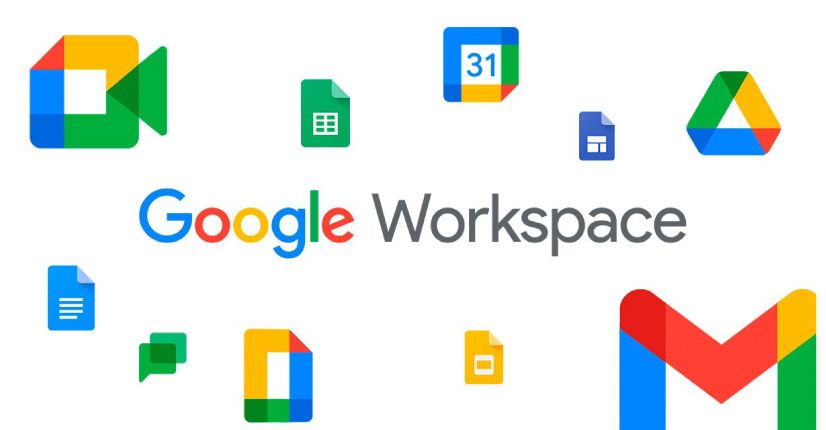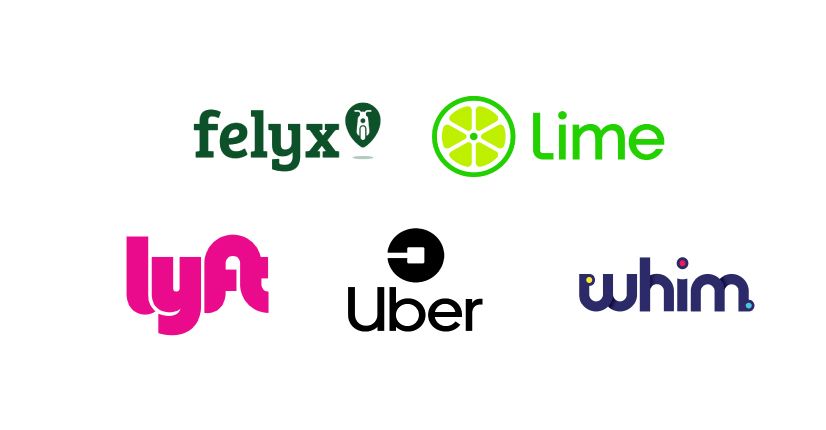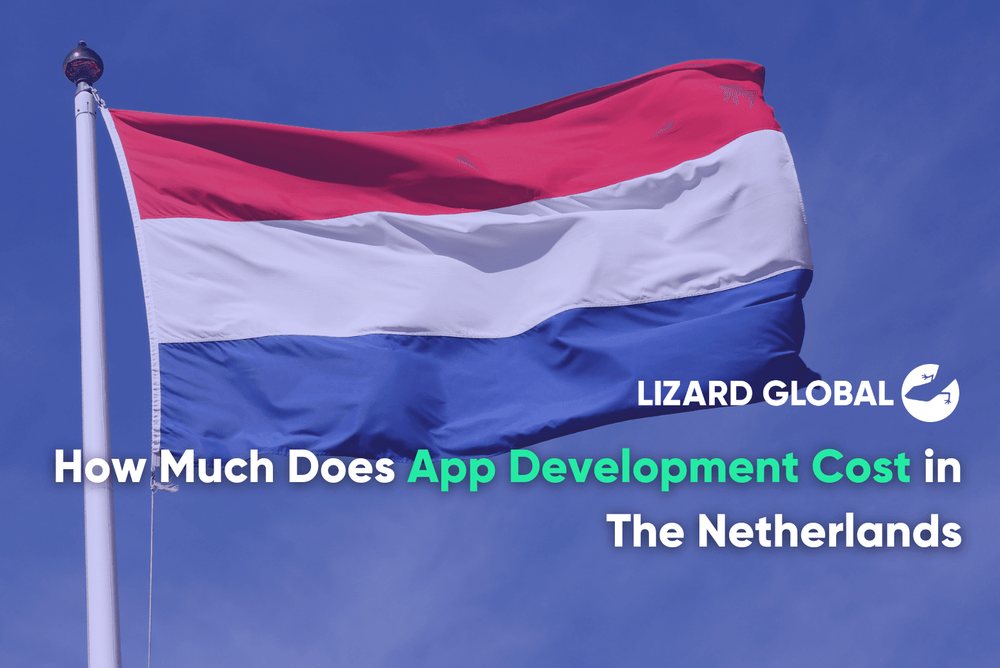From SaaS to MaaS: Why Mobility as a Service is Booming
Get the latest updates about our blog posts.
Subscribe so you don’t miss out!
Technological advancements are taking over an increasing number of jobs and even entire industries at a rapid pace. As a business owner, it’s essential to stay ahead of the competition by continuously digitally innovating and improving your internal and external business processes. A particularly interesting shift towards digitization is the on-demand access and delivery of goods and services such as software. However, this innovation in on-demand access doesn’t just manifest itself in the digital world. It also manifests itself in the physical world, for example, with transportation. The latter is currently facing a major shift towards digitization, and this blog shows you why.
Software as a Service
You might have heard of the term “SaaS” (Software as a Service) before, which makes sense since today’s SaaS industry has revenue exceeding a baffling $200 billion! SaaS defines itself by the provisioning of software via online subscriptions, rather than selling the physical product in a store to be installed on individual computers. This trend of turning software into a centralized digital service was introduced back in the 1960s by AI frontrunner John McCarthy. Back then, computers used to be massive and often expensive machines, and only a handful of successful businesses could afford such technology. In order to save on expenses and make the software more widely accessible, Software as a Service came to life. And while the costs of computers mostly declined in the 70s, 80s, and 90s, SaaS never left the stage. On the contrary, the good majority of businesses around the globe, big and small, make use of SaaS solutions every day.
The main difference between SaaS platforms and traditional software is the way the data is transferred. Whereas data within traditional software resides on your own device, the information in SaaS platforms is stored and transferred over a distributed network between your service provider and the internet. Not only does this save a lot of space on your own devices, but it also lets you access your software on any computer at any time, from anywhere, as long as you have an internet connection and access to your account. An example of a widely popular SaaS company is Salesforce, which provides its customers with tailored CRM software solutions that are efficiently integrated into existing systems. Another example is Google Workspace, formerly known as GSuite. Google Workspace provides its users with an entire office packed into closely connected software programs, of which most of them are free to use. Think of Gmail, Google Calendar, Google Drive, Google Docs, Sheets, Forms, and so forth.

What is MaaS?
A closely related but lesser-known and much younger sister of SaaS is “MaaS”, or Mobility as a Service. MaaS, also referred to as “TaaS” (Transportation as a Service) is a rapidly growing industry that integrated various forms of transport services, from bike-sharing, taxi rides and car rentals, into one single digital on-demand mobility platform. Think of ride-hailing apps like Uber and Lyft, bike/scooter sharing apps like Lime and Felyx or the clever public transport app Whim. With MaaS, users can easily access their application, book a ride, perform an in-app payment and arrive at their destination in the blink of an eye.
Another term that’s often used to describe the trend of Mobility as a Service is “smart mobility”, which is a more broad concept that also refers to the social and environmental benefits of digital transit solutions. Not only does MaaS provide easily accessible platforms for people to efficiently book rides 24/7, but it also has the potential to greatly reduce traffic congestion and CO2 emissions, while increasing road safety.
All in all, MaaS provides a lot of benefits. Not only for its users but also for the world around us. Some notable benefits of MaaS include:
Simplified real-time journey planning, using different transportation methods based on intelligent suggestions or personal preferences. Think of Google Maps, which allows you to visualise the route to your desired destination, providing you with the travel time, height differences, alternative routes and multiple transportation options.
Simplified and secure in-app payments, which allows users to pay directly within the application, connecting their credit card or using their bank application, pay-per-ride or subscription-based.
Personalized service and safety guarantees, make sure that users receive an optimized customer experience. By collecting and analyzing user data, MaaS platforms can make data-driven decisions and provide a customer-focused experience.

MaaS at Lizard Global
At Lizard Global, we strive to take every business in any industry to the next level with the power of digital innovation. Recently, we finalized a MaaS project together with our partners from Transvision. The web app, VaxiTaxi, is a prepaid taxi booking site specifically meant to help those who need transportation to and from their COVID-19 vaccination location. With their vaccination appointment in hand, users can book a taxi to get to their desired destination. Users can easily schedule and book a ride for their COVID-19 vaccination appointment, and with only a few clicks, they can safely pay for their ride with iDeal while instantly receiving their online proof of payment. VaxiTaxi provides real-time insight into the arrival time of your driver, which is continuously updated based on your driver’s current location.
Need a hand?
Are you thinking of developing your very own MaaS (progressive) web- or mobile application? Or are you looking for a digital partner for the conceptualization, UI/UX design, technical development and/or go-to-market strategy of your app idea? Lizard Global isn’t shy of a challenge, as we aim to help our clients revolutionize their industry and disrupt the market by continuously adding value. Ready to partner up? Get in touch, and let’s get to work!




